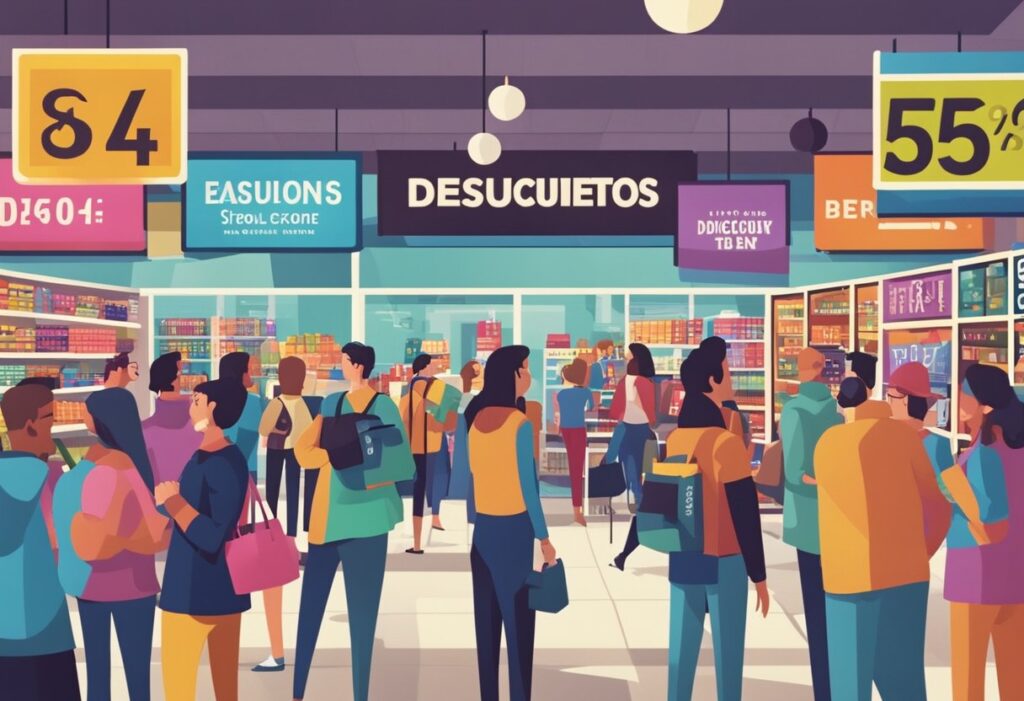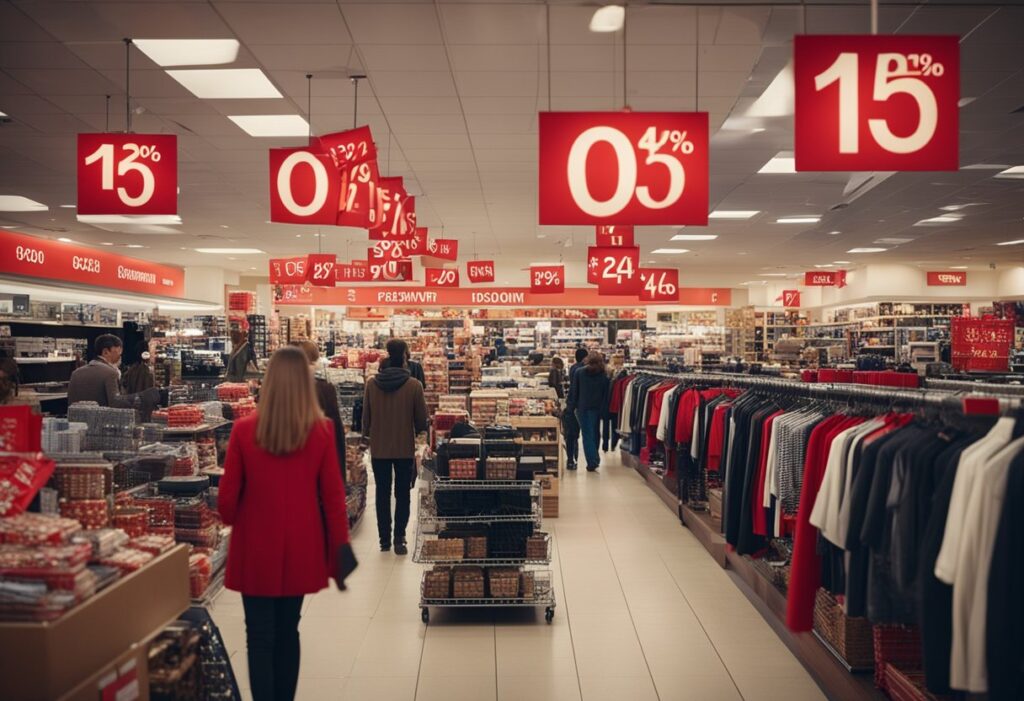
The psychology of discounts is a powerful tool that businesses use to get customers and drive sales.
Discounts play on our emotions and decision making making us feel like we’re getting a good deal or saving money.
This can lead to impulse buying or choosing one brand over another.
Knowing how discounts work in our minds can help businesses create better marketing and increase customer loyalty.
In this post I will look at why we are drawn to discounts, what types of deals affect buying behaviour and how businesses can use this to their advantage.
The Psychology of Discounts – Why Discounts Work?
Discounts work because they tap into several psychological principles that govern human behavior.
One of the main ones is loss aversion – a behavioral economics concept that says we fear missing out on a deal more than we value the product itself.
When customers see a discount they think they might miss out on a good deal and that creates a sense of urgency.
That sense of urgency is heightened by phrases like “limited time offer” or “while supplies last,” which trigger FOMO.
Discounts also trigger an emotional response. Getting a deal or saving money fires up the reward centers of the brain, like winning a small prize.
That feels good and makes customers more likely to buy thinking they are being smart with their money.
Discounts can also create perceived value enhancement – making a product seem more appealing by lowering the price temporarily so it becomes more desirable.
Types of Discounts and Their Psychological Effects

Different types of discounts trigger different psychological responses and influence consumer behavior in different ways:
Percentage Discounts (e.g., 20% off)
These work because customers get a clear idea of the savings.
Customers overestimate the savings when percentages are involved and feel like they are getting a better deal.
Buy One Get One Free (BOGO)
This type of discount creates a sense of more value.
Customers perceive the free item as a bonus which feels more rewarding than a straight price cut.
Flash Sales and Limited-Time Offers
These use urgency and scarcity.
When customers know the discount is only available for a short time they feel forced to make a quick decision and often impulse buy.
Free Shipping
Not a direct discount on the product price but free shipping reduces the overall cost and customers feel like they are getting a better deal.
This is especially effective in e-commerce, where shipping costs can sometimes deter purchases.
Tiered Discounts (e.g., Spend $50, get 10% off; Spend $100, get 20% off):
These encourage customers to spend more to get to the next discount level.
The psychology here is getting more value for spending a little extra, which can lead to higher average order value.
Bundle Discounts:
Offering a discount on a set of products when bought together appeals to the desire for more value.
Customers may buy more items than they initially planned, thinking they are saving money in the long run.
How Discounts Drive Impulse Buying

Discounts are a powerful impulse buying trigger, which is when a customer buys without thinking.
When a customer sees a discount, it removes the psychological barriers to their buying.
The lower price makes them feel the risk is lower, and the decision to buy feels more justified.
Limited-time offers or flash sales are especially good at triggering impulse buying.
The scarcity mindset kicks in when they think the discount will disappear soon and they’ll make a quick decision without weighing the pros and cons.
The sense of urgency and fear of missing out on a good deal often lead to impulsive behavior.
Discounts can create an illusion of saving.
When shoppers see a high original price next to a discounted one (anchoring effect), they feel like they are getting a deal even if they didn’t need the product in the first place.
This makes them more likely to buy on impulse, thinking they are saving money.
Businesses use this trigger to turn browsers into buyers and increase their sales.
Frequently Asked Questions
What Is the Discount Theory in Psychology?
The discount theory in psychology refers to how people perceive and react to reduced prices and special offers.
It is based on the idea that discounts trigger certain psychological responses, such as loss aversion, the fear of missing out (FOMO), and the pleasure of getting a good deal.
This theory explains why discounts can create urgency and influence customers to make purchases they might not have considered otherwise.
Discounts leverage cognitive biases that make consumers feel they are saving money or getting more value, which drives their decision-making process.
What Is Psychological Discounting?
Psychological discounting involves setting an artificially high original price for a product and then offering a significant discount to make the new price seem more attractive.
This creates an “anchoring effect,” where customers compare the discounted price to the higher original price and perceive it as a great deal.
The psychological trick here is that the high original price makes the discount seem larger, even if the product’s value hasn’t changed.
It appeals to consumers’ desire to save money and get a bargain, which can drive them to buy.
What Is the Psychology Behind Rebates?
The psychology behind rebates is based on the concept of delayed gratification and effort.
Rebates offer a refund after the purchase, requiring customers to take additional steps, like filling out a form or providing proof of purchase.
This process often gives customers a sense of satisfaction and accomplishment once they receive the rebate.
However, businesses know that not all customers will complete the rebate process due to the effort involved; this is known as “breakage.”
Offering rebates attracts buyers who think they are getting a good deal, but only a portion will follow through, making it cost-effective for businesses.
Why Do Some People Not Like Discounts?
Some people do not like discounts because they may perceive them as a sign of lower quality or a tactic to offload unwanted inventory.
Discounts can sometimes make customers suspicious, thinking there might be something wrong with the product or service.
Additionally, frequent or deep discounts can make people believe that the original price was inflated or that the brand is cheapening itself.
For some, the preference is to buy products based on quality, value, and brand trust rather than relying on discounts that could suggest lesser value.
Conclusion
I’ve found that understanding the psychology of discounts is key for both businesses and customers.
As a customer, I find myself drawn to deals because I feel I’m making a smart choice or getting more for my money.
I’ve noticed limited time offers and percentage discounts in particular can sway my buying decisions even when I wasn’t planning to buy.
For businesses, using discounts strategically can drive sales, attract new customers and build loyalty.
But you need to balance these offers so you’re not relying too much on discounts.
By understanding the psychology behind why discounts work you can create marketing strategies that benefit both you and your customer.
